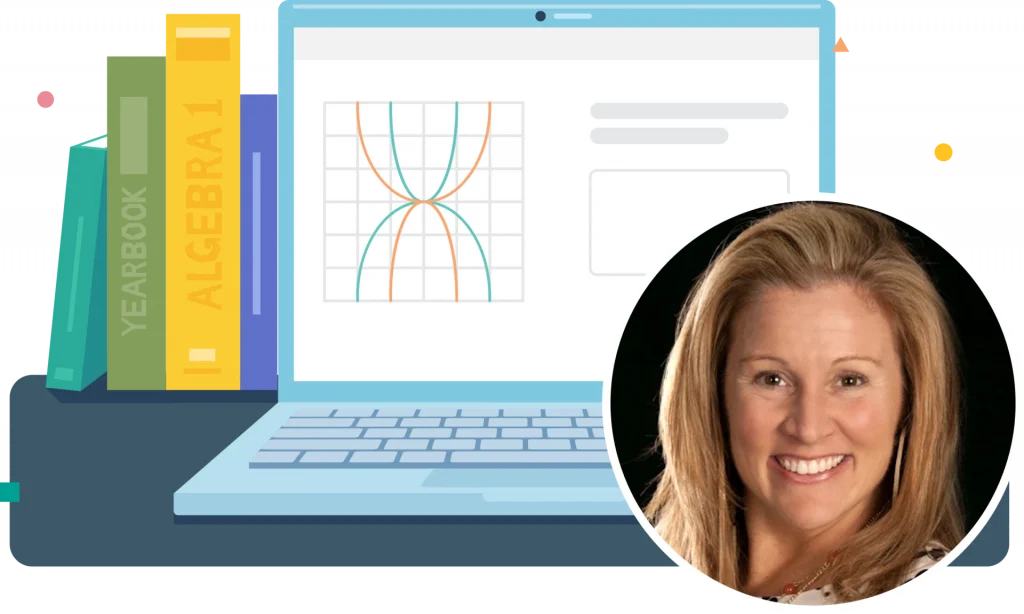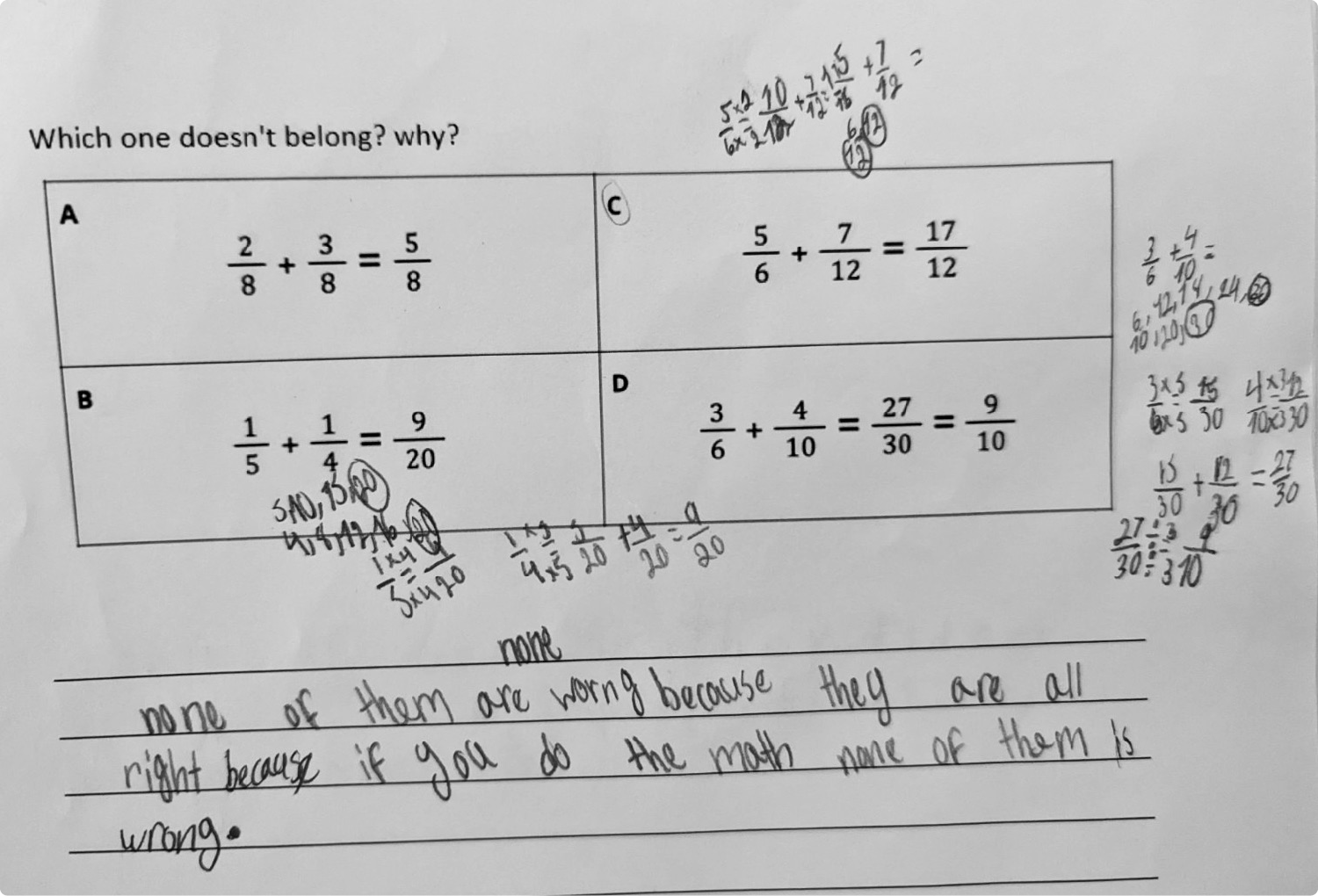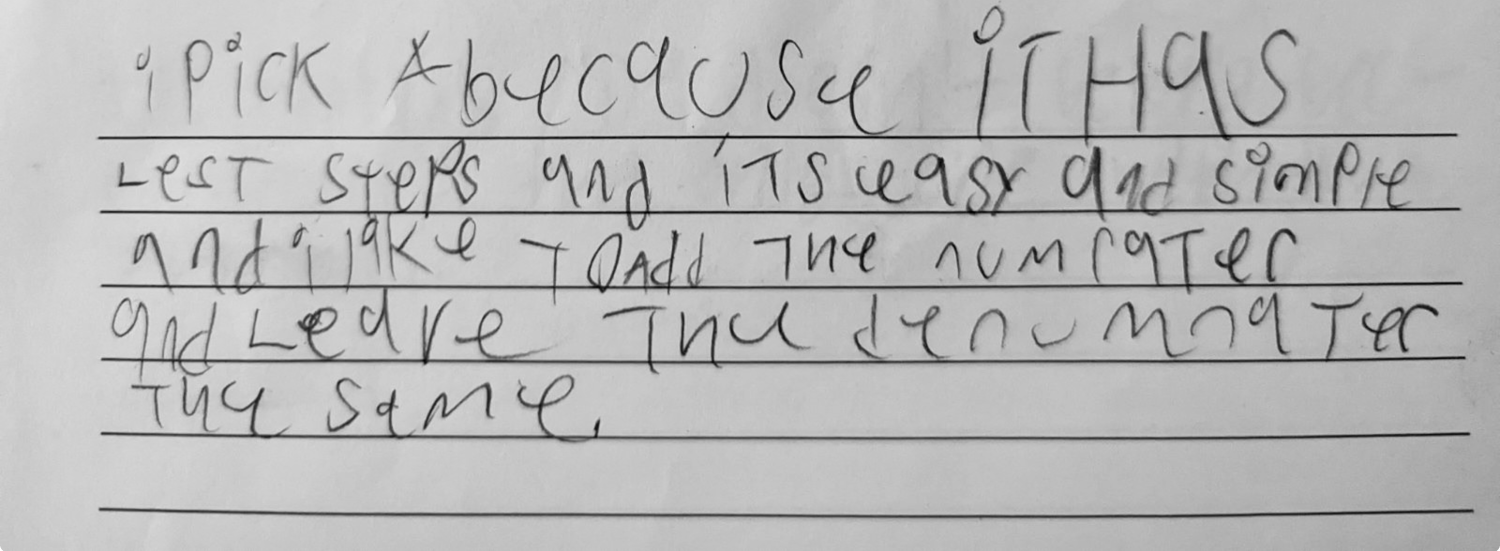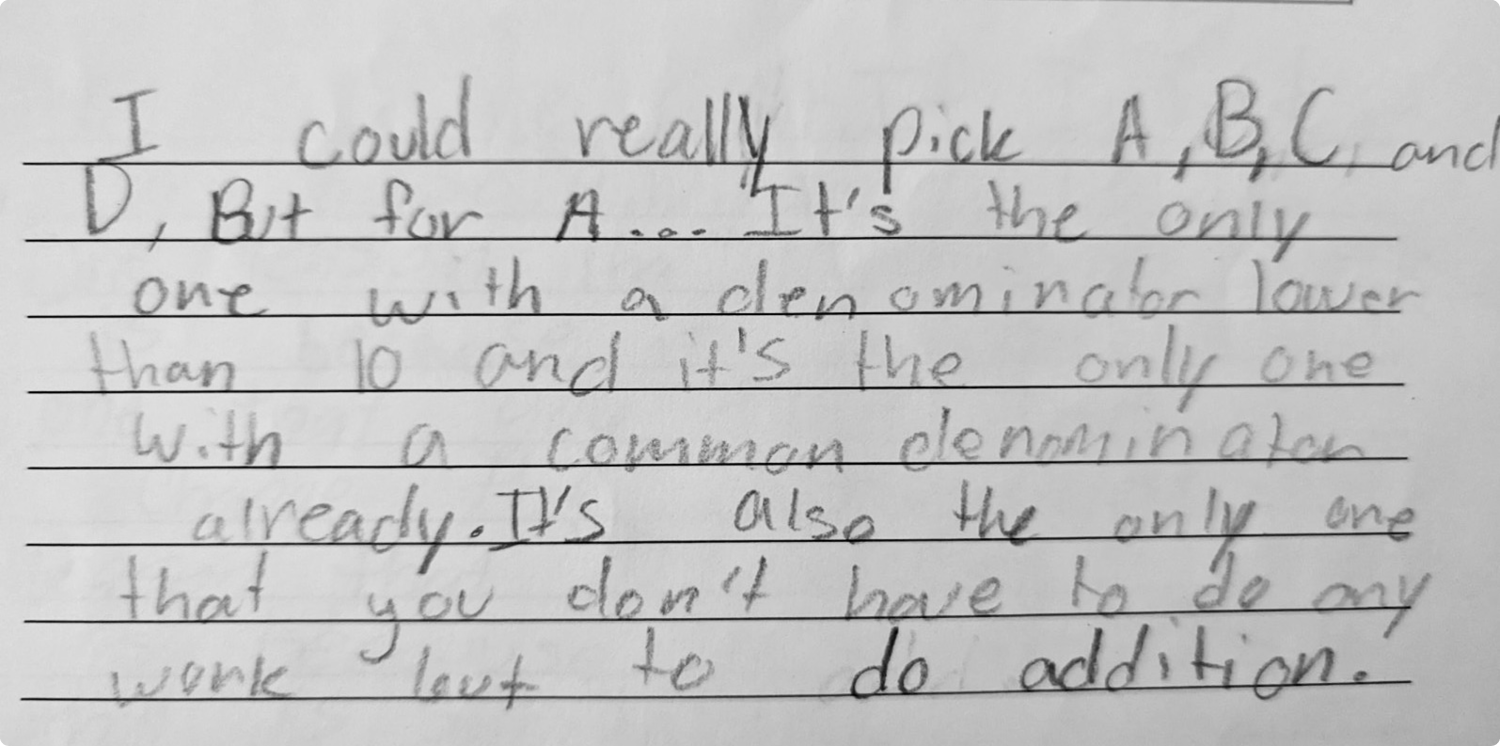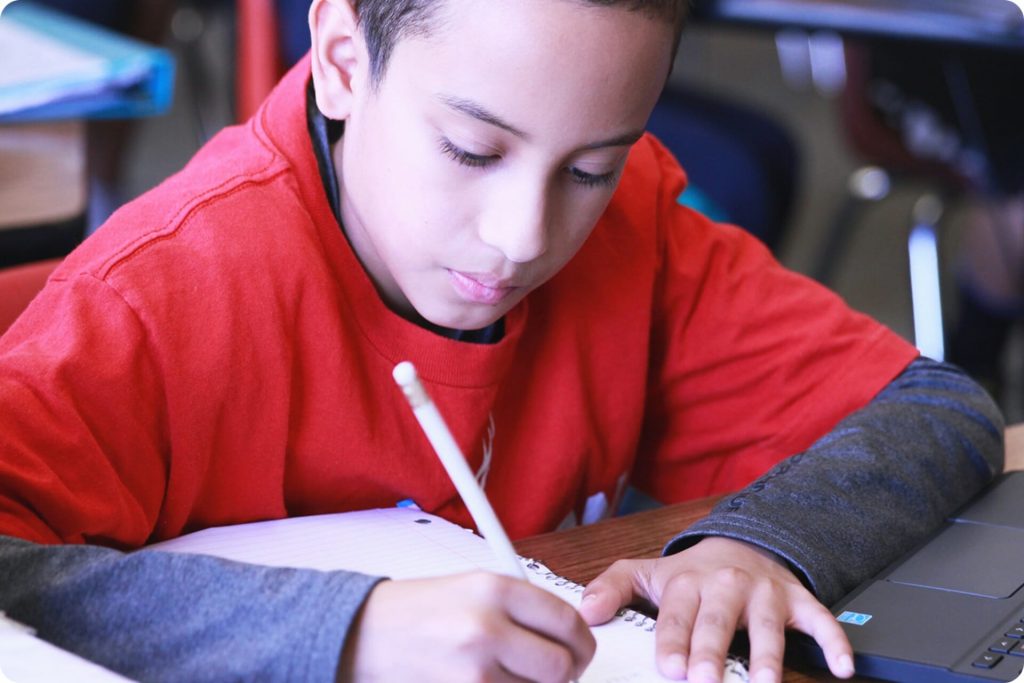
What do students at risk for dyslexia struggle with?
- Delay in learning tasks such as tying shoes, telling time
- Difficulty expressing self
- Inattentiveness, distractibility
- Inability to follow directions
- Left-right confusion
- Difficulty learning alphabet, times tables, words of songs
- Difficulty learning rhymes
- Poor playground skills
- Difficulty learning to read
- Mixing order of letters or numbers when writing
- Reversing letters or numbers
Supporting students with dyslexia: What can you do?
According to the International Dyslexia Association official publication of Perspectives on Language and Literacy, Vol. 44, 2018, here are six steps to help your struggling students:
1. Screen for dyslexia
- Become involved in implementing or improving universal screening programs for dyslexia by reminding administrators about specific laws.
- If you suspect your student has dyslexia, request that common reading and writing skills associated with dyslexia are assessed (e.g., basic reading skills [phonics and sight word identification], spelling, reading rate).
2. Dyslexia training for teachers and reading specialists
- Advocate for the appointment of a specific person in charge of dyslexia training.
- Request specific teacher training that includes structured literacy programs (e.g., explicit, systematic reading instruction, phonics instruction, etc.). Request dyslexia awareness training for all K–12 teachers.
3. Eligibility for accommodations and services for students with dyslexia
- Become involved in the Response to Intervention, Multi-tiered system of support, or a similar system at your school. Ensure that the accommodations and services that are provided are appropriate for students with dyslexia.
- Collaborate with colleagues to evaluate the effectiveness of accommodations and services being provided to students with dyslexia.
4. Classroom instruction for students with dyslexia
- Become familiar with differentiated instruction strategies (e.g., use of centers during instruction).
- Learn and help colleagues learn about specific reading programs designed to help students with dyslexia (e.g., structured literacy programs).
5. Dyslexia handbook
- Request that your state or district develop a dyslexia handbook to guide teachers and offer other states’ handbooks as a reference.
6. Dyslexia awareness
- Consult with fellow educational professionals in your school(s) to hold events and encourage discussions about dyslexia during October (National Dyslexia Month).
DIBELS® 8th Edition is validated for the following measures:
DIBELS 8th Edition Subtest Alignment with Dyslexia Screening Areas
| Rapid Naming Ability | Phonological Awareness | Alphabetic Principle | Word Reading | |
| Letter Naming Fluency | ||||
| Phonemic Segmentation Fluency | ||||
| Nonsense Word Fluency | ||||
| Word Reading Fluency | ||||
| Oral Reading Fluency |
How mCLASS can help you identify and support at-risk students
mCLASS® with DIBELS® 8th Edition’s free dyslexia screening measures provide additional screening for risk of dyslexia in students in grades K–3 through subtests that help identify early warning signs of reading difficulty. Measures include:
- Vocabulary
- Encoding
- Rapid Automatized Naming (RAN)
- Word Reading Fluency (WRF)
- Letter Naming Fluency (LNF)
- Phonemic Segmentation Fluency (PSF)



